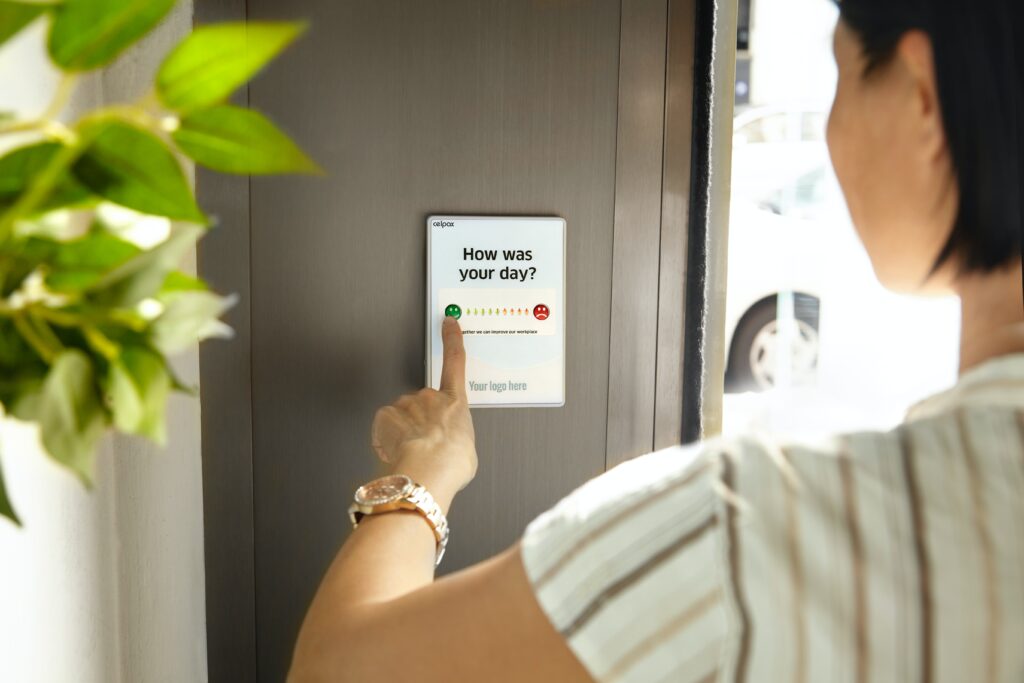How to get the KPIs right for your employee wellbeing programme
The questions to work through in order to measure your employee wellbeing programmes with the right KPIs .

Investing in an employee wellness programme – or employee assistance programme (EAP), can seem like an extra, an add-on, something that isn’t necessary to the basic function of the company. However, we believe it’s vital to employee happiness, and any organisation not thinking about employee happiness will, at best, lose employees and fail to retain talent and, at worst, leave employees struggling with their wellbeing at work. Somewhere in the middle, employees will turn up and present but not actually feel like they’re in the game.
A decent employee wellness programme keeps employees connected, communicated with, creative and productive. And while it’s important to invest in these, trying to measure the returns on an employee wellness programme – at least in numerical terms – won’t happen easily.

How to measure the success of an employee wellbeing programme
Many C-suites may want to see hard KPIs to measure the output and returns on investing in an employee wellness programme. But we can’t provide hard figures on that. Anyone pretending to give stats on mental wellbeing isn’t thinking enough about the individual experience of an employee. So while we can’t measure performance of the employee wellness programme, and we can’t offer a one-size fits all cure to employee dissatisfaction, burnout or unhappiness, we can measure feelings based around the following metrics:
The KPIs for employee wellbeing that stakeholders will be interested in
- Connectivity
- Communication
- Productivity
- Creativity
The KPIs for employee happiness to be measured:
- Levels of anxiety
- Levels of stress
- Energy
- Sense of wellbeing/feeling healthier
Doing this makes employees feel heard in a way that’s tailored to suit the needs of the industry they work in and the type of work they do.
We do this listening proactively, before taking action as a result of what we hear, so that we can take preventative measures against employee unhappiness. By making them feel heard and providing that structure for them to know we’re listening and taking on board their needs, we make them feel valued. While hard metrics can’t change, feelings can, and our work is to, after taking the measure of their feelings, working to change them.

What is the ROI on an employee wellbeing programme?
The return on investment on an employee wellness programme won’t be immediate or initially visible. People are humans, not robots, and it’s not always easy to quantify wellbeing. That said, research backs that employee wellness programmes, done well, really do work. According to the 2020 Deloitte report, Mental health and employers, the best performing mental health interventions were those that were made early through culture change and awareness raising, those that offered therapy, screening and diagnostics and training and modulated wellbeing types based on size of recipient groups.
This means the highest ROI mental health interventions would be organisation-wide culture pieces with awareness raising seeing £6 of return for every £1 invested (£6 : £1), followed by proactive mental health support provided by the traditional team structure and health coaching (£5 : £1) with reactive 1-1 mental health support from a practitioner giving a smaller ROI (£3 : £1).
Will an employee wellness programme be a long term or short term fix?
Taking long term measures to ensure employee satisfaction can end up saving money. Short term fixes can’t address employee wellbeing sustainably and feeling heard and looked after with structure is important for them. It’s also important to remember that ongoing ‘how are you?’ check-ins are actually cheaper and more beneficial – our clients find – than doing occasional talks and events. We can provide an efficiency when it comes to spending on wellbeing that also appeals to the employee, some of whom are suspicious or wary of traditional or poorly executed employee wellness programmes.
Share on social








